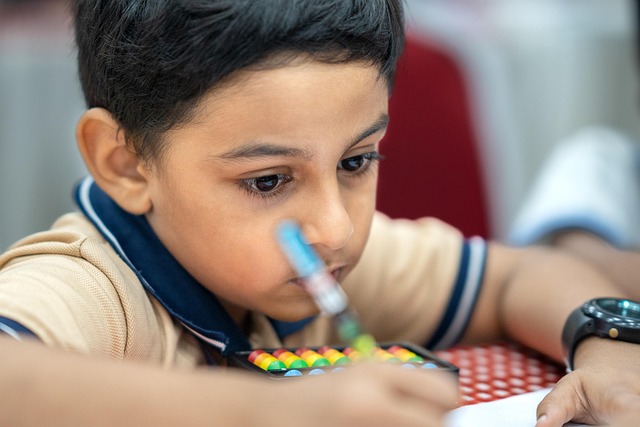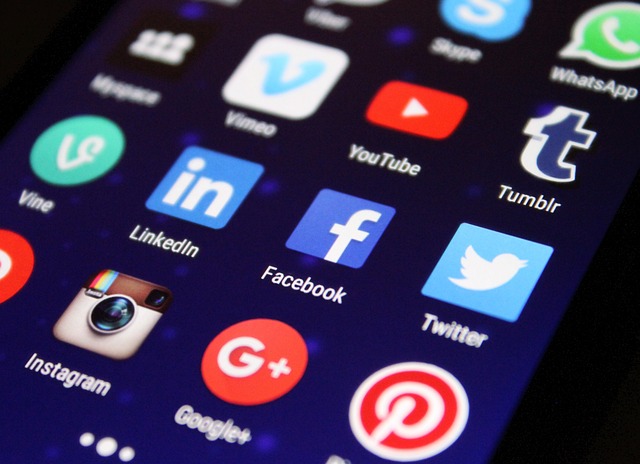Social media has woven itself into the fabric of modern life, offering instant connection, entertainment, and access to information. Yet, the same platforms that enable sharing and collaboration also foster habits that can become compulsive. When scrolling feels like a necessity rather than a choice, users may experience anxiety, diminished productivity, and a skewed perception of reality. Recognizing the signs of overuse is the first step toward reclaiming a healthy rhythm. By consciously integrating periods of screen time with intentional offline activities, individuals can build resilience against the subtle pull of digital feeds and cultivate a more balanced life.
The Psychology of Social Media Engagement
At its core, social media is engineered to capture attention. Algorithms prioritize content that elicits strong emotional reactions, keeping users in a loop of likes, comments, and shares. This design taps into the brain’s reward pathways, releasing dopamine each time a notification arrives. Over time, the brain begins to crave these bursts, creating a cycle that can be difficult to break. The result is a form of behavioral conditioning that mimics addiction, where the line between a casual check and a compulsive scrolling session becomes blurred. Understanding this mechanism helps in developing strategies that restore control.
Consequences of Unchecked Online Presence
When the digital world dominates the mind, several adverse effects can surface. Sleep quality often deteriorates due to exposure to blue light and mental overstimulation. Work and study performance may decline as attention is fragmented across multiple platforms. Additionally, constant comparison to curated lives can erode self-esteem and increase feelings of inadequacy. Physical health can suffer when time spent on screens replaces opportunities for exercise or fresh air. By acknowledging these risks, people can better appreciate the value of shifting focus toward more grounding, offline experiences.
“The internet is a tool, not a lifeline. Balance is the bridge between convenience and well-being.” – Anonymous
Strategies for Achieving Online and Offline Balance
Effective change requires intentional practice. Start by mapping out the typical daily schedule and identifying where and how often social media is accessed. Once those patterns emerge, consider setting concrete limits—such as a fixed number of daily minutes or specific time blocks. Replace passive scrolling with active offline pursuits: reading a book, going for a walk, or engaging in a hobby. Creating a “digital sunset” routine—turning off devices an hour before bedtime—helps signal the body to unwind. Over time, these habits recalibrate attention spans and reduce the craving for constant connectivity.
- Use app timers or built‑in phone features to cap usage.
- Schedule social media checks at predetermined times.
- Designate screen‑free zones, like the bedroom or dining area.
- Prioritize face‑to‑face interactions whenever possible.
Re‑engaging with Physical and Social Communities
Building a robust offline network is essential to offset the isolation that can accompany digital overuse. Physical communities—whether a sports club, volunteer organization, or local interest group—offer a sense of belonging that is less mediated by pixels. Engaging in shared tasks strengthens social bonds and provides tangible feedback that cannot be replicated by a virtual avatar. Likewise, spending quality time outdoors or in nature has been shown to lower stress hormones and boost mood, creating a positive feedback loop that further encourages reduced screen time.
- Join a local meetup or class that aligns with a personal interest.
- Plan regular “tech‑free” outings, like hiking or picnics.
- Encourage friends and family to participate in offline activities.
- Set collective goals that require in‑person collaboration.
The Role of Mindfulness in Regulating Digital Habits
Mindfulness practices cultivate present‑moment awareness, allowing individuals to notice the urge to scroll before it becomes an automatic response. Techniques such as deep breathing, body scans, or guided meditations can create a pause between stimulus and reaction. By practicing mindful use of devices—checking intentions before opening an app—people develop a healthier relationship with technology. This intentionality not only reduces impulsive usage but also enhances the quality of both online and offline interactions.
Maintaining Consistency Over Time
Habit formation is a marathon, not a sprint. It is normal for setbacks to occur; the key lies in learning from them without self‑criticism. Tracking progress, whether through a journal or a simple check‑list, reinforces positive change and keeps motivation high. Celebrating small victories—like an extra hour spent reading or an uninterrupted morning—helps solidify new patterns. Over months, these incremental adjustments accumulate, producing a sustainable online and offline balance that supports long‑term well‑being.
In an era where the pull of instant gratification is stronger than ever, mastering online and offline balance is a powerful antidote to social media addiction. By understanding the mechanisms behind compulsive scrolling, acknowledging its consequences, and implementing targeted strategies—such as setting limits, engaging in meaningful offline activities, practicing mindfulness, and fostering real‑world connections—individuals can reclaim agency over their digital lives. This balanced approach not only mitigates the risks associated with excessive online presence but also enriches personal growth, creativity, and overall satisfaction. Ultimately, the goal is to use technology as a tool that enhances, rather than dominates, the human experience.




